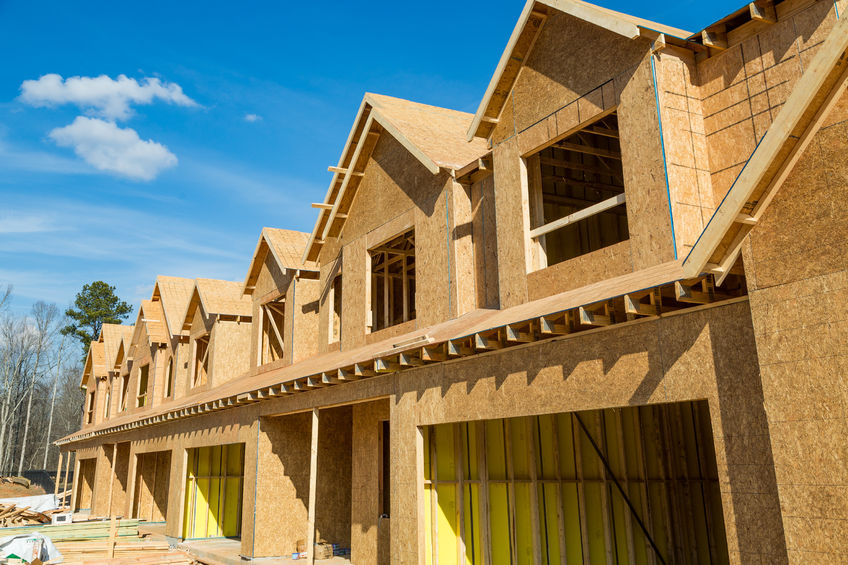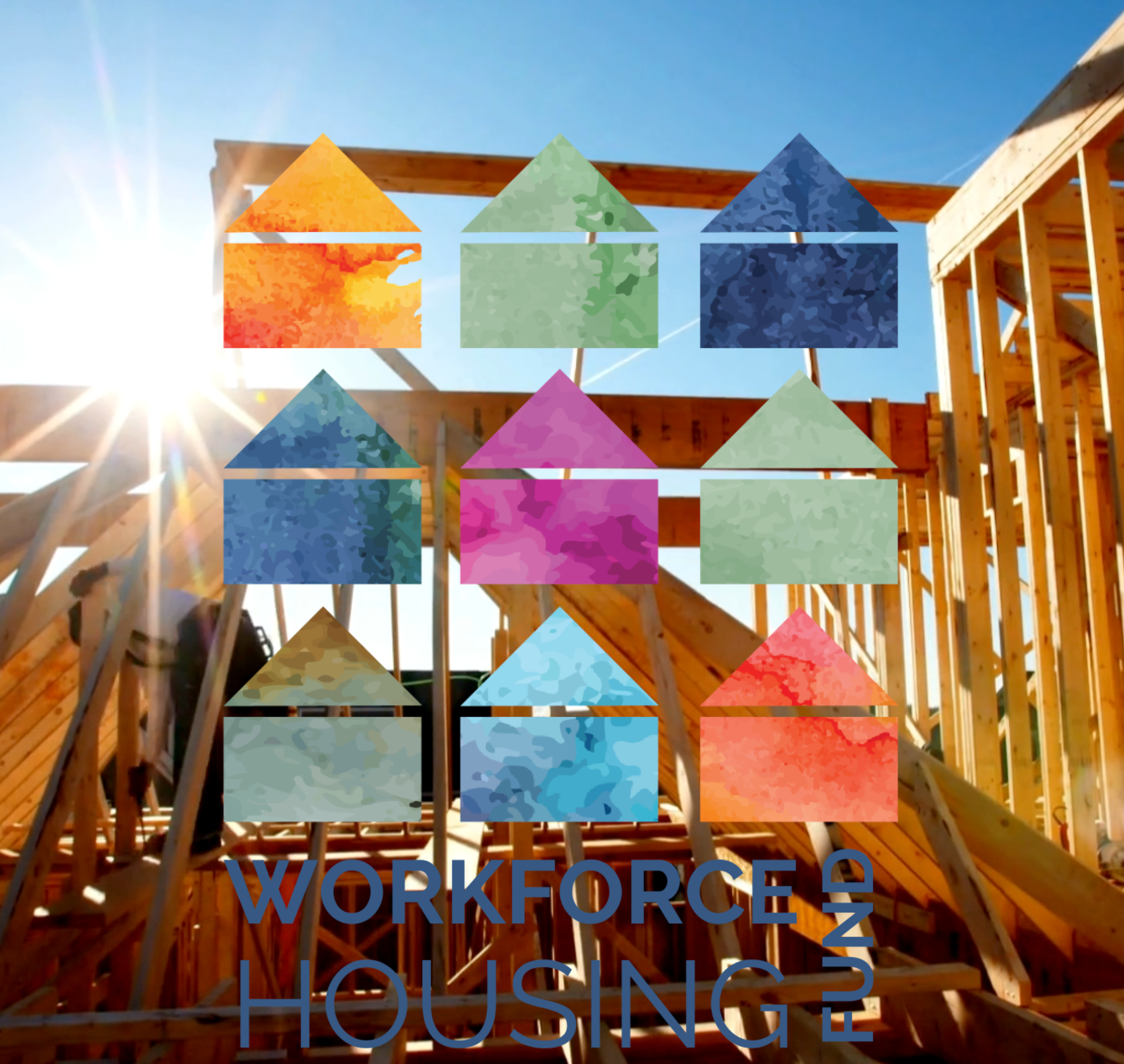
Understanding the Affordability Crisis
The affordable housing crisis represents one of the most pressing challenges facing the workforce in the United States today. With an estimated shortfall of four to five million homes, the crisis exacerbates the struggle for many Americans to find affordable living spaces. This scarcity drives up housing costs, significantly impacting renters and potential homebuyers alike. Over 40% of renters are now categorized as cost-burdened, spending more than 30% of their income on housing—a threshold that signals financial distress. This issue spans across urban and suburban areas, affecting a wide demographic range and contributing to a broader economic imbalance.
The root causes of the affordability crisis are complex and interlinked. Following the Great Recession, the housing market saw a drastic slowdown in construction, failing to keep pace with the growing demand. This bottleneck was further strained by the COVID-19 pandemic’s impact, which introduced new challenges such as the work-from-home boom. The pandemic not only shifted priorities towards more spacious living arrangements but also led to unprecedented disruptions in supply chains, resulting in shortages of critical building materials and labor. These factors combined to push housing prices upward at a time when many were reevaluating their living situations.
Complicating the issue further is the mismatch between housing price increases and wage growth. In 80% of U.S. markets, housing prices have risen faster than incomes, creating an affordability gap that has widened over the years. This disparity is not just a reflection of market dynamics but also of deeper systemic issues, including zoning laws and regulatory barriers that restrict the development of new housing projects. Such regulations often favor single-family homes over multifamily units, limiting the availability of more affordable housing options.
Moreover, the surge in remote work has transformed residential preferences, leading to increased demand for homes in suburban areas where people can afford more space. This shift has exacerbated the competition for housing, driving prices even higher in these regions. The combined effect of these factors has not only made housing unaffordable for a significant portion of the workforce but has also stifled economic mobility and growth.
Addressing the affordability crisis requires a multifaceted approach that tackles the underlying causes head-on. From revising zoning laws to incentivize the development of affordable housing to investing in new construction technologies that can reduce building costs, the path forward involves collaboration between the public and private sectors. As we delve into the potential of Build to Rent (BTR) developments in the following sections, the importance of innovative solutions in mitigating the housing affordability crisis becomes increasingly clear.
The Rise of Build to Rent (BTR)
In response to the deepening affordability crisis in housing, the Build to Rent (BTR) model has emerged as a transformative force within the real estate sector. BTR developments are uniquely designed for renting rather than selling, marking a pivotal shift from traditional homeowner-centric models. This approach not only meets the immediate need for more rental units but also caters to a growing demographic of renters seeking flexibility, quality, and community in their living arrangements.
Defining BTR
BTR projects distinguish themselves through a tenant-first design philosophy, offering a variety of amenities and services tailored to enhance the renter’s lifestyle. Unlike traditional rental properties, which may be scattered or individually owned, BTR developments provide a cohesive community environment. These properties often include shared spaces such as gyms, pools, and communal lounges, designed to foster a sense of belonging among residents. Moreover, BTR units are managed professionally, ensuring a high standard of maintenance and tenant service.
Evolution and Target Demographics
The BTR sector has witnessed significant evolution in recent years, expanding beyond simple housing solutions to encompass diverse community models. From urban high-rises catering to young professionals to suburban developments aimed at families and older residents seeking a quieter lifestyle, BTR developments are versatile. This adaptability makes BTR attractive to a broad spectrum of the population, including millennials delaying home purchases, mobile professionals, and downsizing retirees.
BTR’s targeted demographic is notably broad, appealing to anyone from recent college graduates to senior citizens. This wide appeal is due in part to the flexibility and convenience offered by BTR living, which aligns well with contemporary lifestyle trends and changing societal norms regarding homeownership and mobility.
Impact on Local Housing Markets
BTR developments have begun to significantly impact local housing markets by injecting a substantial volume of high-quality rental units. This increase in supply can help to moderate rental prices in areas facing acute shortages. Additionally, BTR projects often lead to the revitalization of underdeveloped or underutilized areas, contributing positively to local economies and communities.
Examples of BTR’s impact include the transformation of neglected urban zones into vibrant residential areas, boosting local businesses and services. Moreover, by offering an alternative to traditional homeownership, BTR can alleviate some of the demand pressures that drive up housing prices, making the overall market more accessible to a wider range of income levels.
The rise of Build to Rent represents a significant shift in addressing the challenges of housing affordability and quality. By providing flexible, community-focused living options, BTR developments are setting new standards in the rental market, offering hope and opportunities for both renters and investors. As we examine the investment trends within the BTR sector in the next section, the growing significance of this model in shaping the future of housing becomes increasingly evident.
Investment Trends in BTR
The Build to Rent (BTR) sector has not only captured the interest of renters across demographics but also emerged as a compelling investment opportunity in the real estate market. Driven by consistent demand for rental housing and the appeal of stable returns, investors are increasingly attracted to the BTR model. This trend signifies a shift in the investment landscape, where the focus on rental communities as long-term assets is becoming more pronounced.
Growth in Capital Inflow
Recent years have seen a substantial increase in capital inflow into the BTR sector. This surge in investment is attributed to the sector’s resilience and its capacity to generate steady revenue streams. Unlike traditional real estate investments, which may fluctuate more widely with market conditions, BTR properties offer investors predictable cash flows due to long-term leases and high occupancy rates. The attractiveness of BTR investments is further bolstered by the ongoing housing affordability crisis, which ensures a continuous pool of renters seeking quality accommodations.
Reasons Behind the Attractiveness
Several factors contribute to the growing appeal of BTR investments. First, the demographic shifts, including the delay in home purchasing by millennials and the downsizing preferences of baby boomers, have created a robust demand for rental properties. These shifts are not transient trends but part of broader societal changes, suggesting a sustained demand for BTR developments.
Second, the predictability of revenue from BTR projects is a key factor for investors. The model’s focus on long-term tenancies and community building leads to lower turnover rates and, consequently, more stable income. Furthermore, BTR developments are often positioned in strategic locations, enhancing their value and appeal to renters, which in turn secures the investment’s profitability.
Lastly, the BTR sector’s emphasis on quality and community appeals to a wide range of tenants, ensuring high occupancy rates. Investors are recognizing the value in projects that not only meet the basic need for housing but also enrich the living experience through amenities and services. This approach not only attracts a diverse tenant base but also supports premium rental rates, contributing to the investment’s overall yield.
Investment trends in the BTR sector reflect a broader recognition of its potential to address critical housing needs while offering stable and attractive returns. As investors continue to allocate resources to BTR developments, the sector is set to play a pivotal role in reshaping the housing landscape. The next section will delve into policy recommendations and innovations that can further support and expand the BTR sector, highlighting the collaborative effort needed to realize its full potential.
Policy Recommendations and Innovations
As the Build to Rent (BTR) sector continues to evolve as a pivotal solution for housing affordability and quality, the role of policy and innovation becomes increasingly significant. Strategic policy interventions and advancements in construction technology can significantly lower barriers, reduce costs, and expedite the development of BTR projects, making them an even more attractive option for addressing the housing crisis.
Policy Measures to Support BTR Expansion
One of the primary policy measures that could bolster the growth of the BTR sector involves revising zoning and land-use regulations. Current regulations often limit the density of developments or are biased towards single-family homes, constraining the potential for BTR projects to contribute to the housing supply meaningfully. By easing these restrictions, local governments can encourage the development of BTR communities, thereby increasing the availability of affordable rental options.
Furthermore, tax incentives and subsidies could play a crucial role in making BTR projects more financially viable for developers. Such incentives could offset the high upfront costs associated with construction, making it easier to initiate and complete projects aimed at middle-income renters. Additionally, public-private partnerships could provide the necessary support for BTR developments, combining resources and expertise to tackle the housing shortage effectively.
Innovations in Construction
Innovations in construction technology offer another pathway to enhancing the BTR sector’s capacity to deliver affordable housing. Modular construction, for instance, has the potential to significantly reduce building times and costs. By assembling sections of buildings off-site and then transporting them to the construction site for final assembly, developers can avoid many of the delays and labor shortages that plague traditional construction methods.
3D printing is another emerging technology with the promise to revolutionize the construction of BTR projects. This method can produce building components or even entire structures with reduced material waste and labor requirements. The adoption of these and other innovative construction techniques could lead to a decrease in development costs, making it feasible to offer rental units at more affordable rates.
Addressing the workforce housing affordability crisis through the Build to Rent sector requires a concerted effort that encompasses policy reform and the adoption of innovative construction methods. By creating a more favorable regulatory environment and leveraging new technologies, it is possible to enhance the efficiency and cost-effectiveness of BTR developments. Such efforts not only benefit potential renters by providing more affordable housing options but also offer attractive opportunities for investors looking to contribute to solving one of today’s most pressing societal challenges.
Future Directions and Opportunities
As the Build to Rent (BTR) sector moves forward, it stands on the cusp of significant changes and opportunities that could redefine affordable housing and investment strategies. Demographic shifts, technological advancements, and evolving market dynamics are poised to influence the trajectory of BTR developments.
Ongoing demographic changes, including the aging of baby boomers and the ascent of millennials and Gen Z into the housing market, will continue to drive demand for flexible, community-oriented rental options. This shift presents a ripe opportunity for BTR to cater to varied lifestyle needs and preferences, from urban living to suburban communities with family-friendly amenities.
Technological innovations in construction, such as modular building and 3D printing, are expected to gain traction, reducing costs and development timelines. These advancements could enable the BTR sector to more rapidly respond to housing shortages, offering quality, sustainable, and affordable housing solutions at a scale previously unattainable.
Furthermore, the potential for policy reforms aimed at easing zoning restrictions and encouraging investment in affordable housing projects could significantly impact the sector’s growth. Such changes would not only bolster the viability of BTR projects but also attract a broader spectrum of investors.
As the BTR sector evolves, it represents a strategic opportunity for investors, policymakers, and community planners to collaborate on innovative solutions to the housing affordability crisis. The future of BTR is not just about creating rental properties but fostering communities that cater to the diverse needs of the modern workforce, making it a key player in the quest for sustainable and inclusive urban development.
